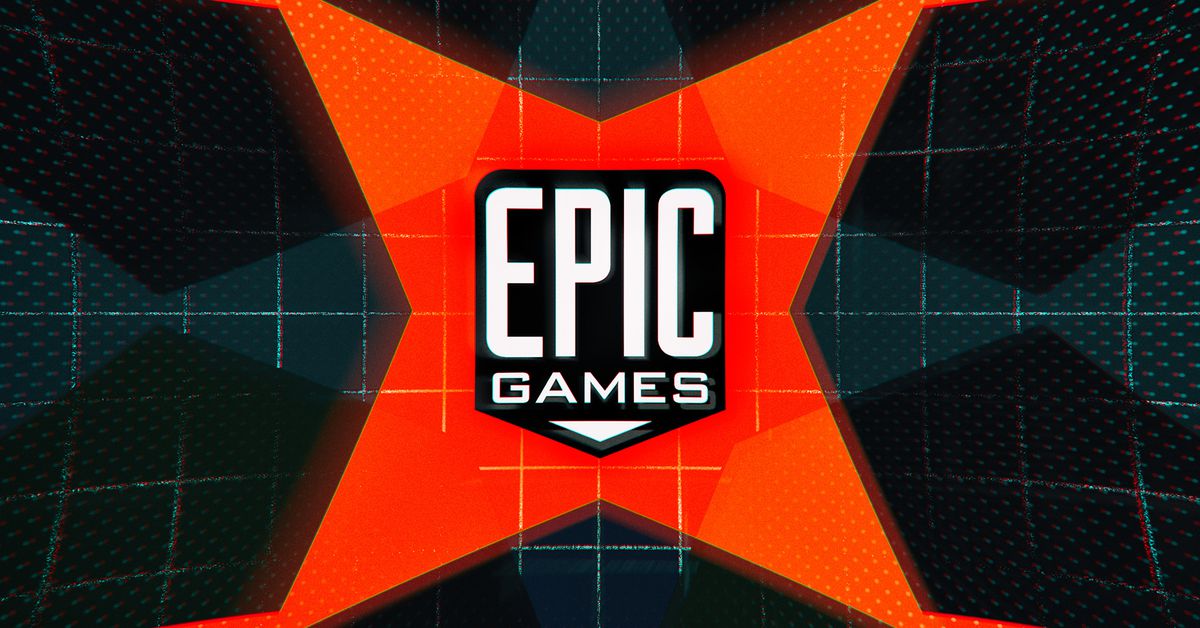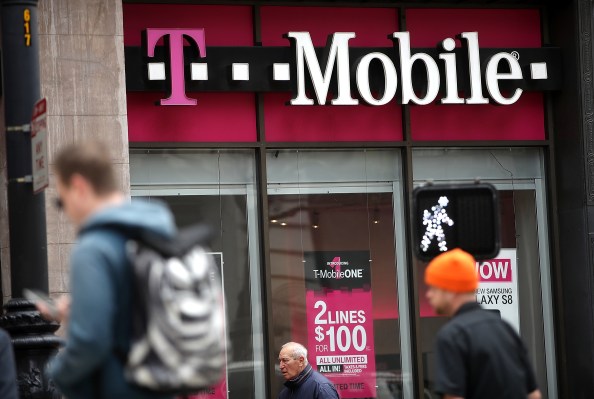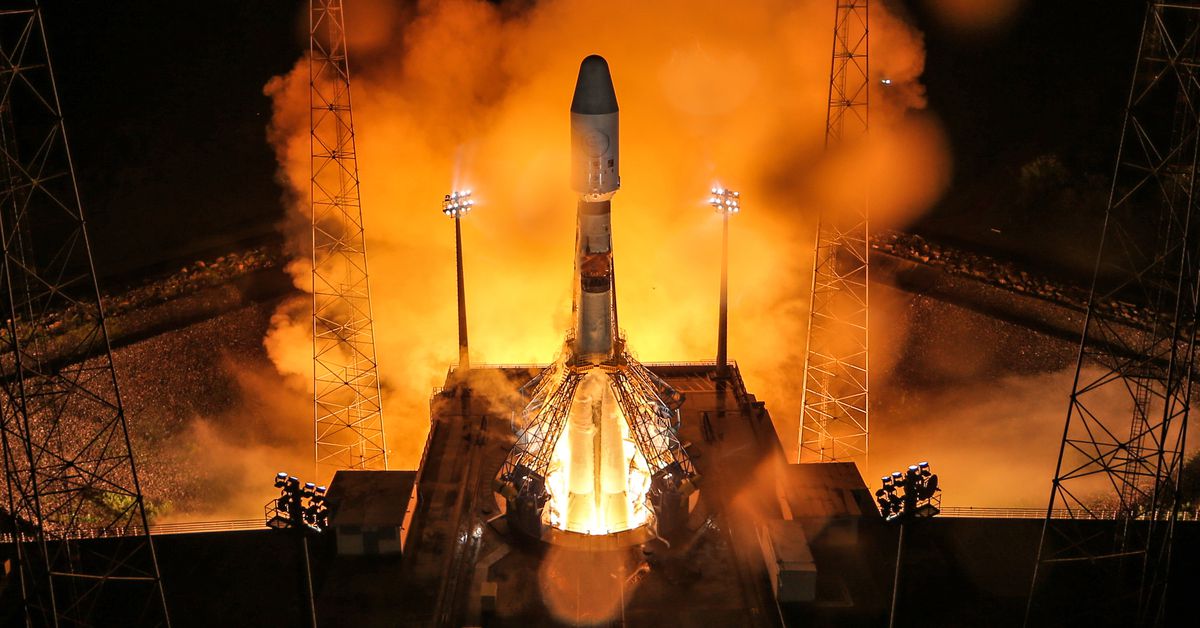The Asus ROG Ally was just outdone
Acer just revealed its Nitro Blaze 7 handheld gaming PC, and it sports a chip that could beat the performance of the Asus ROG Ally.

By Jacob Roach Updated September 4, 2024 6:43AM
 Acer
Acer
After teasing it yesterday, Acer formerly unveiled a new handheld gaming PC at IFA 2024. Called the Nitro Blaze 7, the handheld already looks like a unique entry among the best handheld gaming PCs with a much smaller design than we typically see. The interesting change is under the hood, though. Acer is debuting a chip we’ve never seen in a mainstream handheld, and it’s not one of Intel’s new Lunar Lake CPUs.
Acer is using the AMD Ryzen 7 8840HS instead, which is an eight-core chip packing the integrated Radeon 780M GPU. Handhelds like the Asus ROG Ally X using the Ryzen Z1 Extreme, which is basically a rebranded version of the Ryzen 7 7840U. The chip Acer is using has access to more power, but it’s otherwise unchanged compared to the Z1 Extreme. According to Notebookcheck’s database, this chip should be about 8% faster than the Z1 Extreme on average — however, that includes all benchmarks, not just gaming.
The Nitro Blaze 7 may be more powerful than the competition, and it’s also literally more powerful. The Ryzen 7 8840HS can draw more power. Paired with only a 50 watt-hour battery — recent handhelds like the ROG Ally X go up to 80Wh — the Nitro Blaze 7 might not have the best battery life.
Although the Ryzen 7 8840HS is faster on paper than handhelds like Lenovo Legion Go, Acer isn’t making any bold performance claims. Instead, the company focused on all of the aspects of the handheld surrounding the chip. The Nitro Blaze 7 comes with a 7-inch 1080p screen that sports a refresh rate up to 144Hz, as well as FreeSync Premium certification. In addition, Acer is offering 16GB of LPDDR5x-7500 memory, along with up to 2TB of storage built in.
Outside of the core specs, Acer packs in dual USB 4 ports, each Type-C capable of 40Gbps, and a microSD card reader. Both USB-C ports work for charging, and you should be able to connect accessories like an external GPU to the spare port. Wirelessly, you can connect with Wi-Fi 6E and Bluetooth 5.3.
On the software side, Acer is unsurprisingly using Windows 11. Despite the progress on SteamOS in other handhelds, Valve has yet to release the operating system the Steam Deck uses widely. Instead, Acer is sticking with Windows 11 and using its new Game Space app for easy handheld navigation. For these Windows handhelds, software can make or break the experience — just read our MSI Claw review for an example — so that will be important aspect for Acer to nail.
 Acer
AcerAcer hasn’t shared any performance numbers or shown the Nitro Blaze 7 in action yet. The company also hasn’t shared what Game Space looks like or what it’s capable of. We’re on the ground in Berlin for IFA 2024, so we’ll be on the lookout for the Nitro Blaze 7 to get a better sense of how it will compete with the growing list of handheld gaming PCs.
Although we should be able to see the Nitro Blaze 7 in the flesh, Acer is still keeping some details under wraps. The company hasn’t shared configuration details, for example, which will be important considering you can pack up to 2TB of storage in the device. It also hasn’t announced pricing, which is a vital aspect of getting any new handheld gaming PC off the ground.
Jacob Roach is the lead reporter for PC hardware at Digital Trends. In addition to covering the latest PC components, from…
After a decade, Nvidia is fixing the worst part of G-Sync
It only took 11 years. Nvidia is finally doing away with its proprietary G-Sync module that's been the bane of the best gaming monitors for several years. Although Nvidia eventually started offering G-Sync branding with any variable refresh rate (VRR) tech, display brands have still needed to shell out for a dedicated G-Sync module for proper certification -- and pass along that cost to customers. Going forward, the G-Sync module is no more.
Nvidia's G-Sync tech isn't going anywhere, however. The company announced that it partnered with Mediatek to add every G-Sync feature to Mediatek scalers. If you're unfamiliar, a scaler is basically a small chip inside your monitor that handles resolution scaling, along with a bunch of other processing including the on-screen display (OSD), color adjustments, HDR, and input selection. The G-Sync module itself was a scaler. Now that you'll rarely find a gaming monitor without its own scaler, those features are being rolled into the chip already built into the display.
New HP Omen gaming desktop is a radical departure
After a brief stint among the best gaming desktops, HP's Omen brand hasn't stepped up to the plate on the desktop front. The recent Omen 40L was a lukewarm PC, and the company has settled into the same design in slightly different sizes over the past few years. That's changing with the new HP Omen 35L.
It's what the company calls its first customizable desktop ever. Omen desktops have offered upgrade paths for years now, unlike something like the Alienware Aurora R16, but the Omen 35L pushes that idea further. The ground-up design now supports up to four sticks of memory, two M.2 NVMe SSD slots, and a 3.5mm storage bay. It also comes with a standard micro ATX motherboard and ATX power supply, as well as three slots for a GPU, allowing you to completely gut and replace the internals down the line.
I wish more games did this with their PC requirements
Over the weekend, Ubisoft put out the system requirements for Star Wars Outlaws, which is set to release on August 30. It's a feature-packed release on PC, with support for DLSS 3.5 and the latest versions of XeSS and FSR 3, as well as unique aspect ratios. But the system requirements go beyond just listing some components and calling it a day. They're actually useful.
Like most modern AAA releases, Ubisoft provided four tiers for the system requirements. And also like most modern AAA releases, each of those tiers has a resolution, frame rate, and quality setting linked to them. The critical change is that the system requirements also list the setting for the upscaler. In games like Alan Wake 2 or the upcoming Black Myth: Wukong, we get a slate of hardware recommendations, but it's hard to know how big of a factor tools like DLSS and FSR are playing when it comes to performance estimates.

 Troov
Troov 




































